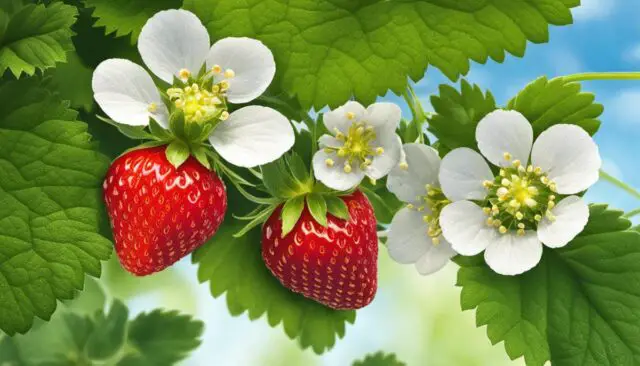Nature’s gift is varied and plentiful, displaying a wide variety of plant species, each with its own distinct traits and attributes. Strawberries stand out as a source of amazement and interest among these many options.
This colorful, aromatic, and sweet fruit is adored all over the world for its mouthwatering flavor, but there is much more to it than meets the eye.
The humble strawberry is worth looking at from a more scientific angle because it is frequently regarded as a symbol of summer and the subject of many treats, legends, and customs.
The following investigation delves deeply into the intricate botanical details of strawberries, giving readers a thorough understanding of their biological makeup.
The intriguing query, “Is a strawberry a nut?” will also be addressed after a thorough analysis of the botanical definition of a nut.
Strawberries: Quick Facts
Strawberries are a member of the Rosaceae family and the Fragaria genus. With more than 4,000 species in its membership, this family is large. It also contains a range of other fruits, such as apples, cherries, and pears, in addition to strawberries.
Strawberries are classified as “accessory fruits” by botanists. This is a result of their particular feature, where the part we eat comes from the ovaries of the plant’s receptacle rather than the ovaries themselves. Each small “seed” that appears on a strawberry’s epidermis is actually an ovary from the flower that contains a seed. Contrary to popular belief, these are not nuts.
Sensational Strawberry
Let’s examine the tasty strawberry and learn what it truly is from a botanical standpoint. A strawberry doesn’t have a hard shell that encloses a single seed like a nut does. Instead, it is distinguished by the pulpy exterior that humans eat.
These red treats contain numerous seeds inside of their tiny, dispersed ovaries, which are red in color. Although strawberries have distinguishing characteristics, they are not legally considered nuts because they don’t have hard shells.
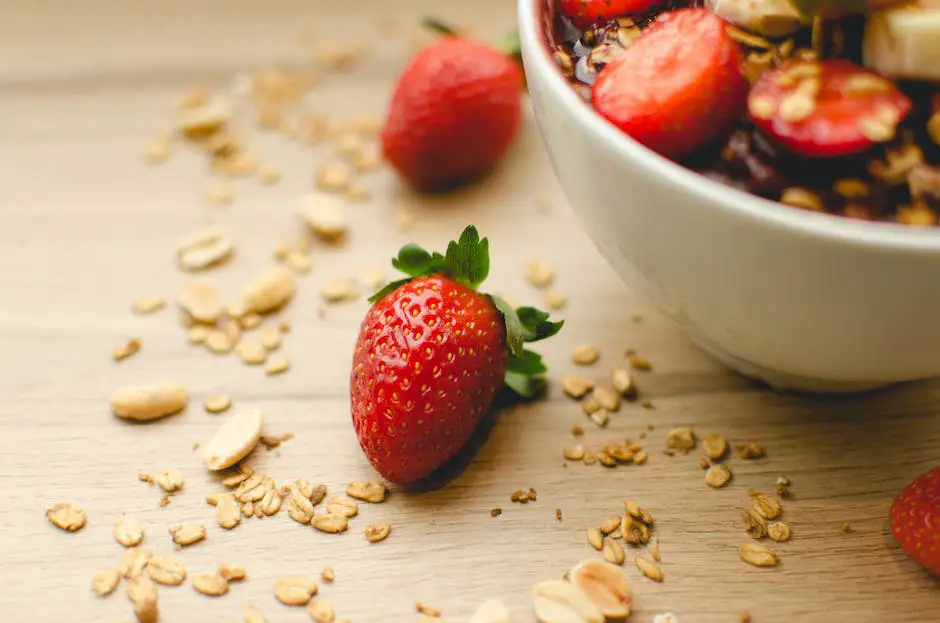
What Defines a Nut: An Examination
As we turn our attention to the complex world of nuts, a new narrative emerges. According to botany, a nut is actually a kind of fruit.
However unlike other fruits, nuts have an extremely tough, impermeable shell that prevents the seed from breaking open; this property is known as indehiscence.
This concept is supported by actual examples like acorns, chestnuts, or hazelnuts.
They have a tough exterior that protects a seed, which is strangely detached from the inside of the shell. The crucial characteristic that distinguishes real nuts from other fruits is the seed’s non-adherence to the interior of the shell, which causes it to jingle when rattled.
Strawberries and Nuts
Due to its tiny, seed-like surface, a strawberry may appear to be related to the same plant family as nuts, however, this is untrue.
A strawberry is not in the slightest bit botanically related to nuts. On the other hand, it is not regarded as a “berry” according to scientific classification. Strawberries are categorized as “aggregate fruits” instead.
These fruits come from a flower that has several ovaries, each of which can produce a different fruit. The actual strawberries, or achenes, are what you see as “seeds” on a strawberry.
One seed is enclosed in each small achene. Unlike actual nuts, these seeds are not protected by a hard shell but rather are found on the outside of the strawberry. This notable difference in the traits
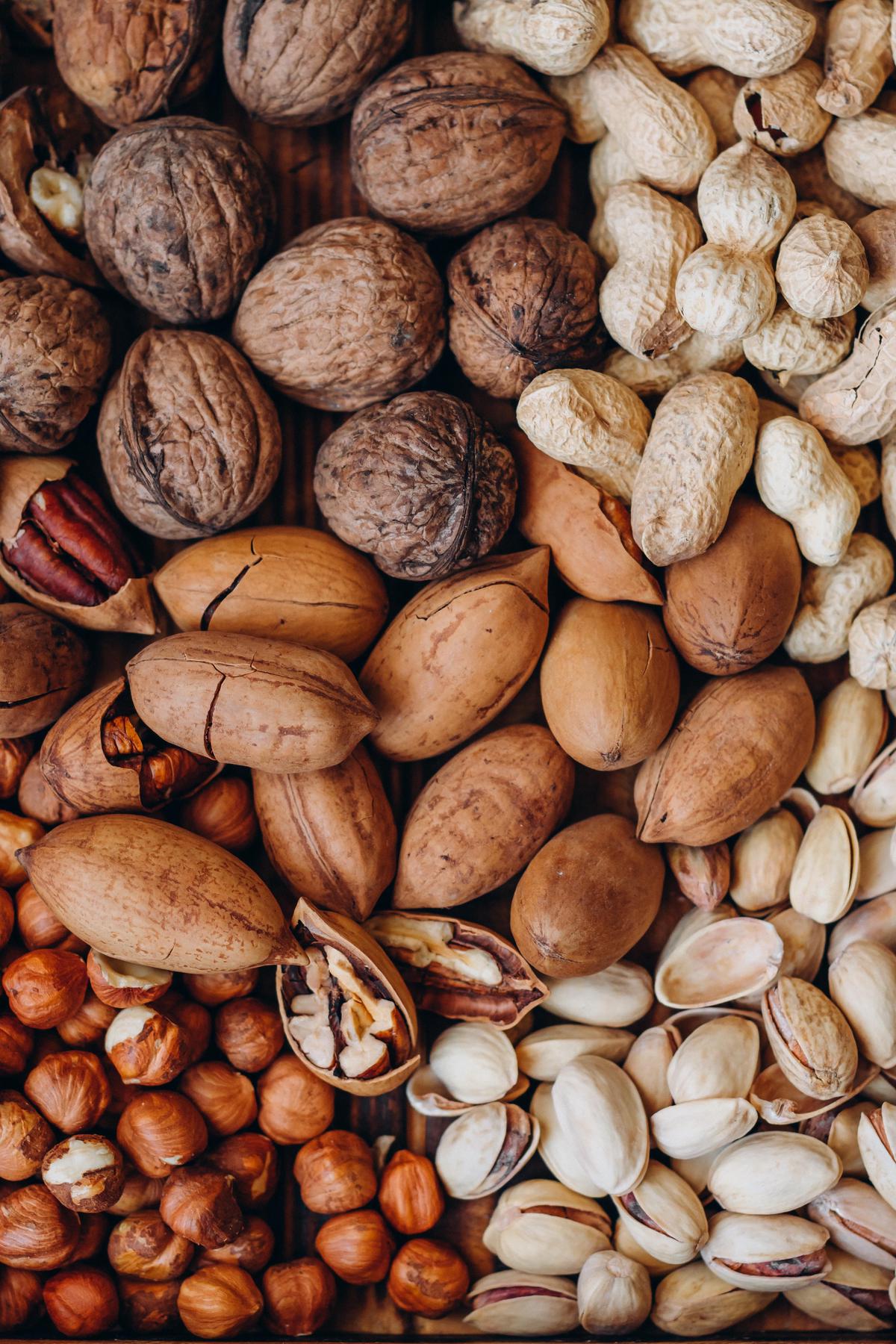
Common Misconceptions about Fruits and Nuts
Common misconceptions are often bred by the misunderstandings we form about different fruits and nuts, largely influenced by longstanding linguistic traditions and habits. For example, we categorize ‘peanuts’ as nuts even though they’re actually legumes, bearing a closer resemblance to peas and lentils in terms of botanical classification.
These anomalies typically arise from culinary customs that classify ‘nuts’ based on features such as their hard shell and being a great source of protein, rather than their botanical identity. Thus, the line between fruits and nuts can sometimes become blurred, leading to confusion.
Strawberry: A Surprising Truth
On the uncommon question of whether a strawberry is a nut, the straight answer is no, a strawberry is emphatically not a nut. It’s classified as an aggregate fruit, representing several fruits merged into one.
The tiny ‘seeds’ you see dotting the surface of a strawberry are the actual fruits, each of which encloses a single seed. These tiny fruits, known as achenes, might give an illusion of a nut-like texture, but botanically speaking, they are mini individual fruits.
So, while it may seem puzzling, the fleshy part of a strawberry that we enjoy is actually an enlargement of its stalk, known as the receptacle, and not the fruit in botanical terms. The fruit is the tiny seed-contained achene on the berry’s surface.
It’s important to clarify that common names for various foods can frequently result in confusion, particularly when it comes to technical classifications of fruits and nuts. For instance, a ‘banana nut’ muffin is not actually made of any true nuts, unless ingredients like walnuts are included.
Instead, the term ‘nut’ is used to describe the distinctive nutty flavor of the banana. Misinterpretations like these commonly occur due to the culinary uses of these foods, however, in scientific terms, fruits such as bananas and strawberries are not considered nuts.
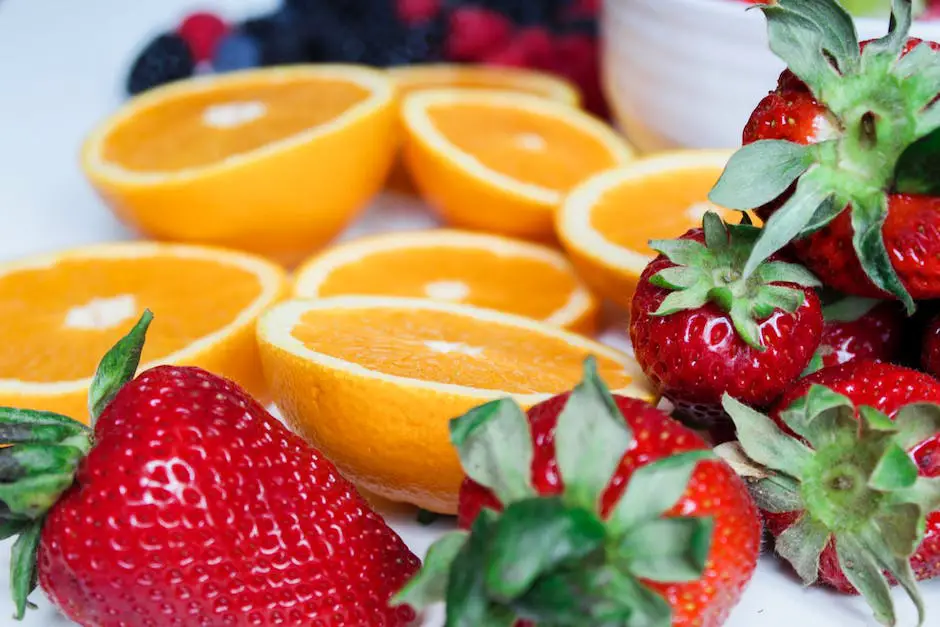
Expert Explanation from a Botanist
In this section, we go further into the categories used by scientists to categorize fruits, with a focus on the frequently misunderstood strawberry.
Distinguished botanist Dr. Angela Armstrong offers some explanation. She claims, “A strawberry is typically thought of as a berry, yet some contend that it is actually a nut due to the little seeds that are visible on its surface. Indeed, from a scientific standpoint, it’s neither.”
She explains, in an intriguing way, that a strawberry is properly classified as an accessory fruit. This is a classification for fruits that come from a separate area of the flower instead of the ovary.
Strawberry: The Botanical View
To go a little further, Dr. Armstrong explains that the strawberry’s red, fleshy portion, which we typically refer to as the fruit, is actually a container for the plant’s actual fruits, which are the small seeds, or achenes, that are on the exterior.
This scientific discovery refutes the widespread misconception that the strawberry may be considered a nut because of these seeds. “A nut is a hard-shelled fruit that doesn’t split open to release its seed, according to botanical terminology. With this definition, it is clear that a strawberry is not a nut “Dr. Armstrong says.
So, despite some prevailing beliefs, we can draw the conclusion that, from a scientific standpoint, a strawberry is not a nut but rather an ancillary fruit.
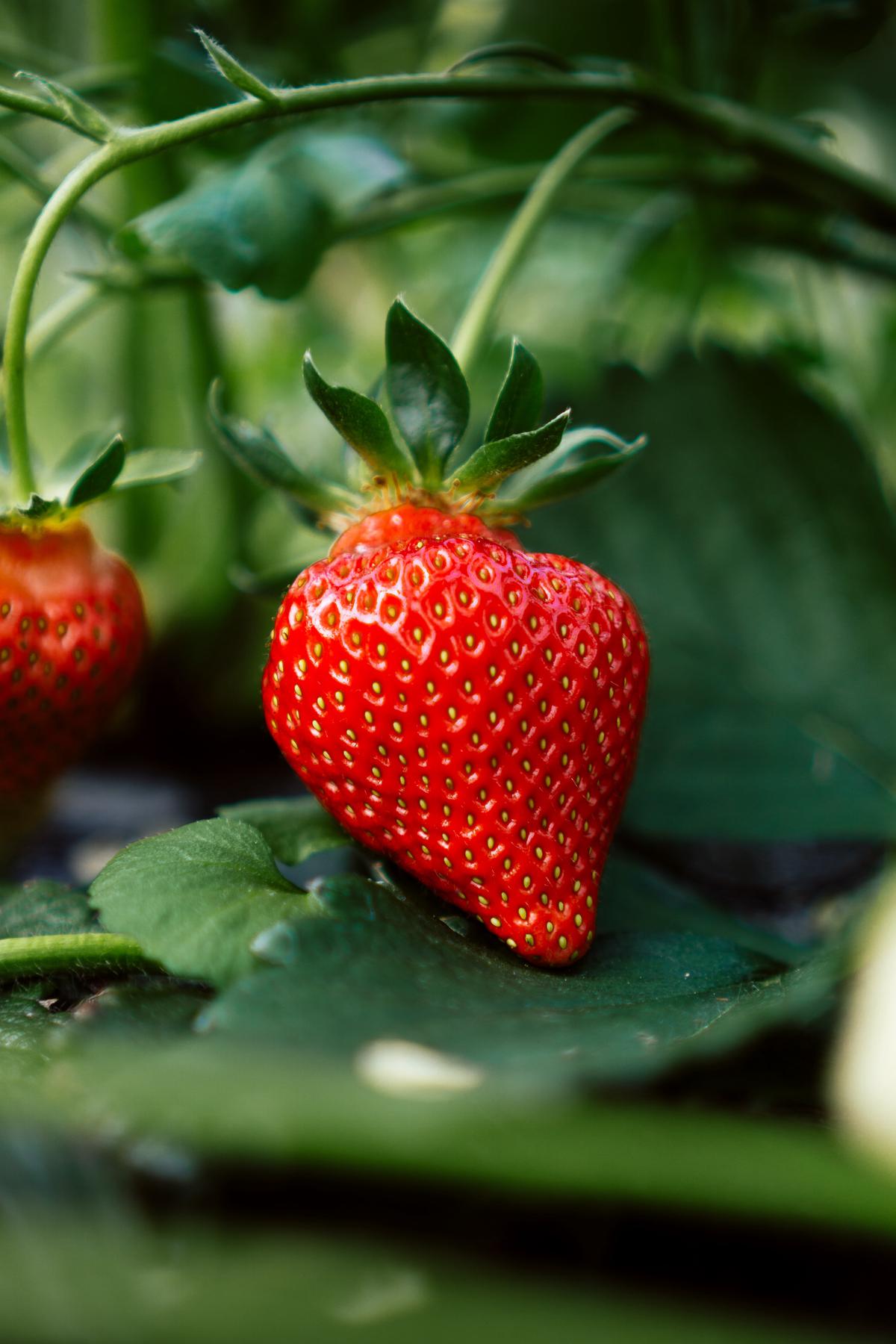
Through this journey of botanical exploration and scientific learning, attitudes toward strawberries and nuts may have changed, and hopefully a fresh knowledge has emerged.
Although classifying and labeling the many different entities in the natural world may appear simple, the truth does not always lend itself to standardized language. A fascinating, nuanced, and illuminating perspective on these universally adored fruits can be gained by delving deeply into the strawberry’s botanical identity, the characteristics of a nut, and dispelling generally held myths.
This investigation is further enhanced by the botanists’ specialized insights, which present their expert judgment on the intriguing question.
This confirms the frequently overlooked fact that nature, in all of her wisdom and diversity, is full of fascinating surprises, lessons, and enigmas that never cease to inspire.

